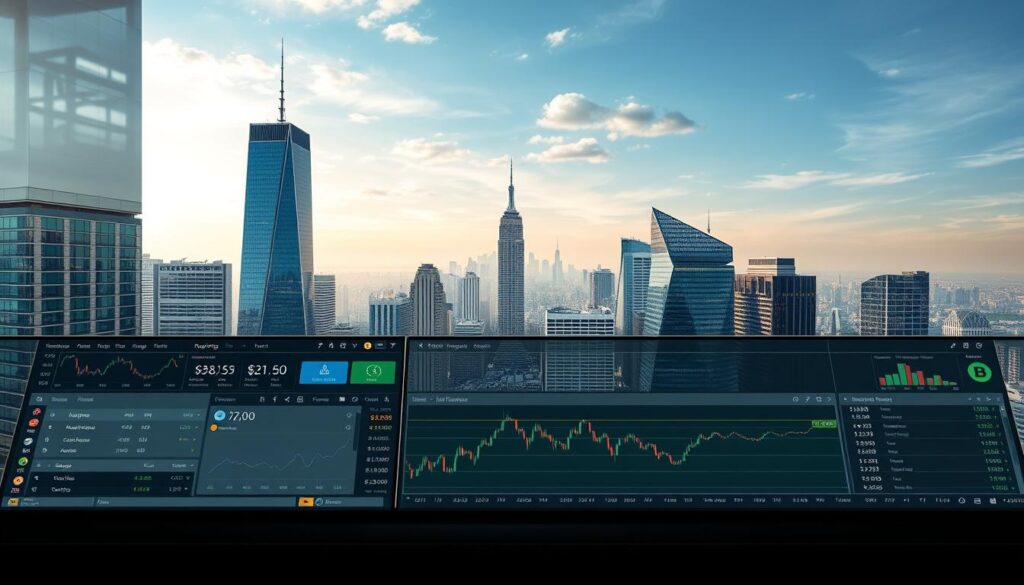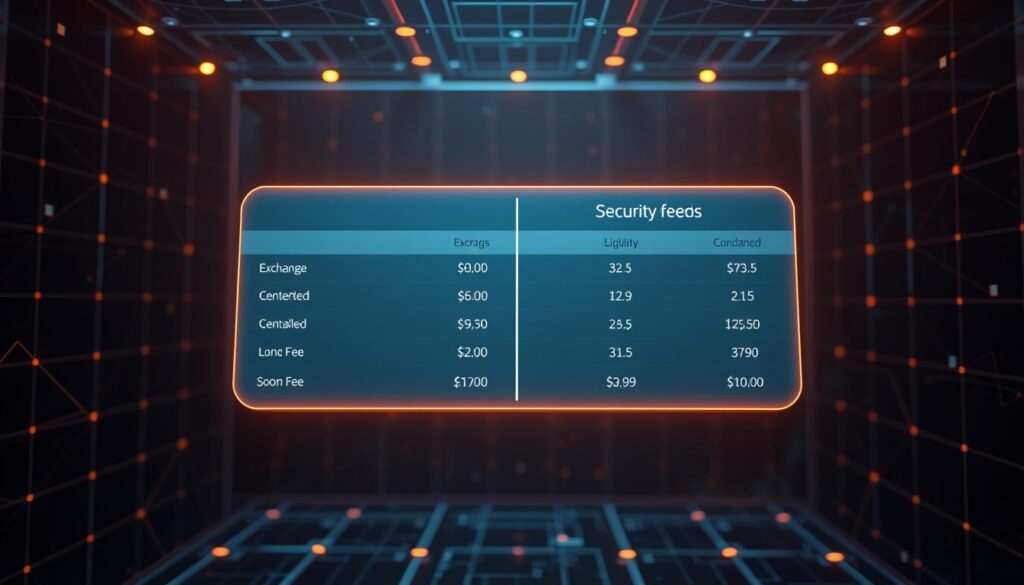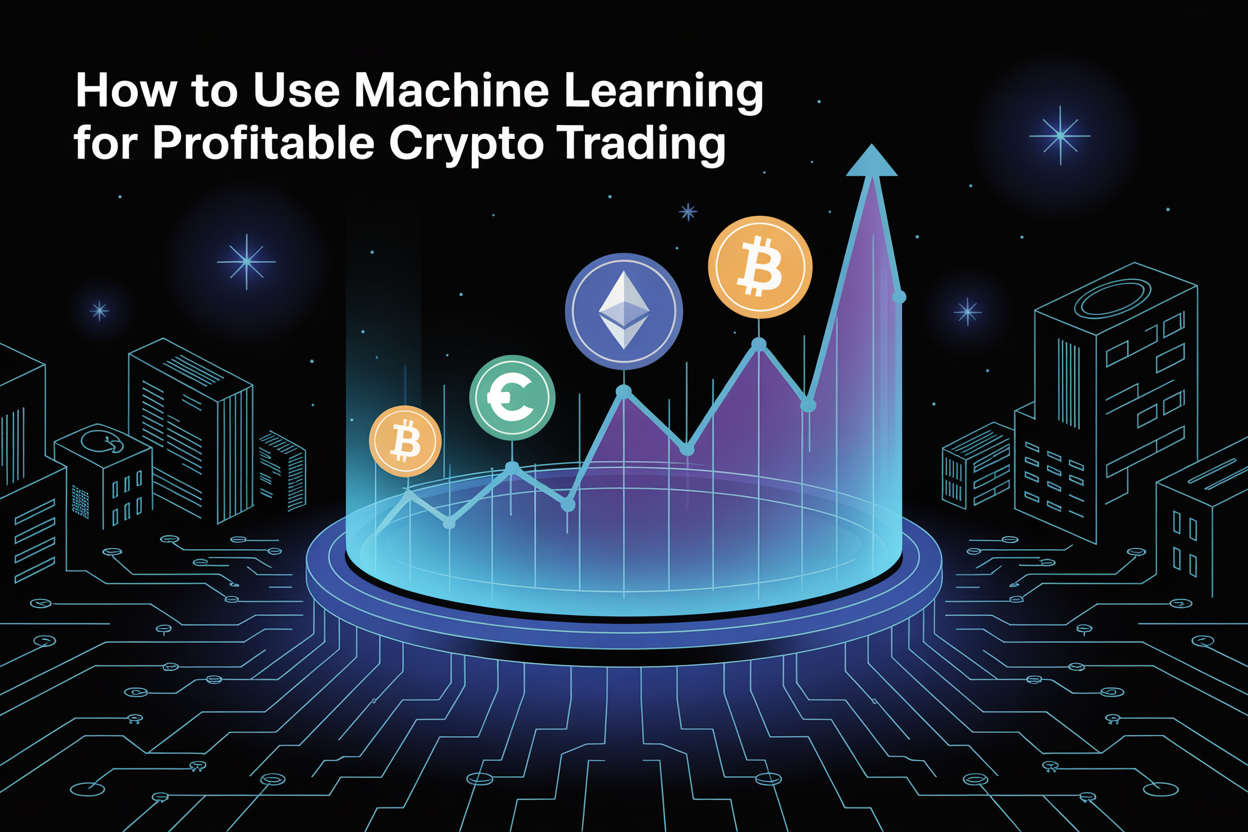Now Reading: Navigating the DEX vs CEX Debate: Key Considerations
- 01
Navigating the DEX vs CEX Debate: Key Considerations
Navigating the DEX vs CEX Debate: Key Considerations

The cryptocurrency landscape offers two primary paths for trading digital assets: platforms managed by third parties and those operating independently. Understanding their differences is critical for anyone engaging with crypto markets.
Centralized platforms act as intermediaries, requiring identity verification and holding user funds. These exchanges often feature intuitive interfaces and high liquidity, making them popular among newcomers. However, they concentrate risk by controlling private keys and facing regulatory scrutiny.
Decentralized alternatives eliminate middlemen through automated protocols. While these systems grant full asset control, they demand technical knowledge and expose users to market volatility. A detailed comparison reveals how each model impacts security, fees, and accessibility.
No single solution dominates the market. Preferences depend on factors like privacy needs, technical comfort, and risk appetite. This guide unpacks these variables to help you align platform choices with personal priorities.
Key Takeaways
- Centralized platforms prioritize ease of use but require trusting third parties with funds
- Decentralized systems offer asset control but involve steeper learning curves
- Security models differ significantly between custodial and non-custodial exchanges
- Regulatory compliance varies, affecting user anonymity and legal protections
- Trading costs and speed often favor centralized environments
- Liquidity availability impacts transaction execution quality
Introduction to the DEX vs CEX Landscape
Modern digital asset trading splits into two contrasting frameworks. Traditional systems mirror conventional finance, while newer models embrace blockchain’s decentralized nature. These approaches shape how investors interact with crypto markets worldwide.
Centralized platforms function as financial gatekeepers. They manage order books, store assets, and verify identities through KYC checks. This structure provides familiar tools like limit orders and portfolio tracking dashboards.
Decentralized alternatives rewrite the rulebook through peer-to-peer networks. Automated protocols replace human intermediaries, letting users swap tokens directly from personal wallets. Trade execution relies on mathematical formulas rather than counterparty matching.
Both models address different priorities in the evolving exchange ecosystem. One prioritizes speed and regulatory compliance, while the other champions financial sovereignty. Savvy traders often combine both systems to balance security with market access.
What Are Centralized Exchanges (CEXs)?
Digital asset trading platforms come in different forms, but centralized exchanges remain the most recognizable. These platforms act as trusted intermediaries, handling everything from order matching to fund storage. Major names like Coinbase and Binance dominate this space with streamlined interfaces that appeal to mainstream audiences.

Overview and Core Functionality
Centralized exchanges operate like digital stock markets. They manage order books, store assets in custodial wallets, and verify user identities. This structure enables features like instant fiat conversions and real-time price charts. Institutional traders often favor these platforms for executing large orders without drastic price swings.
Security measures vary across providers. Reputable platforms use cold storage for most funds and offer insurance against breaches. However, users ultimately depend on the exchange’s internal safeguards rather than controlling their private keys.
Advantages and Drawbacks of CEXs
These platforms excel in accessibility. Beginners benefit from guided tutorials, 24/7 support teams, and simplified buying processes. High liquidity ensures stable prices even during volatile market conditions.
Trade-offs emerge in privacy and control. Mandatory identity checks align with financial regulations but expose personal data. Account freezes can occur if platforms suspect suspicious activity. While convenient, this model places significant trust in third-party operators.
Established exchanges continue evolving to address these concerns. Features like two-factor authentication and withdrawal whitelists now complement traditional security protocols. For many, the ease of use outweighs potential risks—at least until they gain technical confidence.
Understanding Decentralized Exchanges (DEXs)
Peer-to-peer trading systems redefine how assets change hands in the digital age. These platforms leverage blockchain technology to create transparent markets governed by code rather than corporations. Unlike traditional financial intermediaries, decentralized exchanges eliminate single points of failure through distributed networks.

How DEXs Operate Using Smart Contracts
At their core, these systems rely on self-executing agreements called smart contracts. Automated market maker protocols set token values using liquidity pool ratios instead of order books. Platforms like Uniswap and PancakeSwap demonstrate this approach, enabling direct wallet-to-wallet swaps through algorithmic pricing.
User Control and Privacy Features
Traders maintain full ownership of digital assets during transactions. Funds never leave personal wallets, removing reliance on third-party custodians. This setup prevents exchange hacks from compromising user holdings.
Identity verification remains optional, preserving anonymity for those prioritizing financial privacy. Every transaction records on public ledgers without revealing personal details, balancing transparency with pseudonymity.
DEX vs CEX pros and cons
Digital traders face critical decisions when selecting platforms for asset management. Each option presents unique benefits and challenges across key operational areas.

Feature Comparison: Liquidity, Security, and Fees
Market depth remains a decisive factor for active traders. Centralized platforms typically aggregate more orders, enabling faster transactions with minimal price impact. This environment suits those executing large trades or dealing with volatile assets.
Decentralized systems counterbalance this with censorship resistance. While liquidity pools might struggle with rare tokens, they eliminate third-party custody risks. Network fees sometimes spike during congestion, creating unpredictable costs absent from traditional fee schedules.
Choosing Based on User Needs and Experience
Technical proficiency shapes platform suitability. Newcomers often favor guided interfaces with customer support teams, while experienced traders prioritize direct asset control. Portfolio size also matters – frequent traders might prefer volume-based discounts, whereas small holders could avoid custodial risks.
Privacy requirements further influence decisions. Those valuing anonymity naturally gravitate toward non-custodial options despite steeper learning curves. Regulatory compliance needs push others toward verified accounts with established institutions.
Regulatory Considerations and KYC Implications
Legal requirements shape how digital assets are traded globally. Centralized and decentralized platforms approach compliance differently, creating distinct experiences for cryptocurrency enthusiasts.
Centralized Platform Compliance
Exchanges operating under regulatory oversight enforce strict identity checks. Users must submit documents like passports or driver’s licenses through KYC processes. These measures help prevent financial crimes but create permanent records of transaction histories.
Authorities require platforms to monitor suspicious activities and report large transfers. While this increases security, it reduces financial privacy. Many users accept these trade-offs for access to insured accounts and legal protections.
Decentralized System Privacy
Non-custodial platforms bypass traditional verification systems. Traders interact directly with smart contracts using wallet addresses rather than personal information. This setup appeals to those prioritizing anonymity in their cryptocurrency activities.
However, the lack of anti-money laundering safeguards complicates interactions with banks. Converting assets to cash often requires moving funds through regulated exchanges, creating potential friction points. Future regulations could reshape how these platforms balance privacy with accountability.
How Trading Mechanics Differ Between CEX and DEX
Asset exchange protocols follow distinct operational blueprints that shape user experiences. These technical foundations determine how prices form and trades execute across platforms.
Order Books Versus Automated Market Makers
Centralized platforms mirror stock market dynamics. Buy and sell requests stack in digital ledgers, matching through price-time priority systems. This method enables instant order execution, with settlements occurring within the exchange’s internal databases.
Decentralized systems employ self-operating protocols instead. Algorithms calculate asset values using liquidity pool ratios, eliminating traditional order books. Platforms like Uniswap demonstrate this approach, enabling continuous trading through token reserves rather than counterparty matches.
Hybrid models blend both approaches. Services like dYdX combine decentralized infrastructure with professional market tools. These variations highlight how decentralized exchanges adapt traditional mechanisms for blockchain environments.
Transaction recording differs fundamentally. Centralized platforms handle transactions off-chain, while decentralized networks write every swap onto public ledgers. This distinction affects audit trails, finality speeds, and potential price impacts during volatile periods.
Platform Usability and User Experience
Digital asset trading thrives when technical capabilities meet intuitive design. Managed services often prioritize streamlined workflows, while peer-to-peer systems favor customization. This divergence creates distinct environments for different skill levels.
Interface Design and Accessibility for Beginners
First-time traders typically gravitate toward platforms with guided navigation. Clean dashboards, one-click transactions, and visual tutorials reduce initial learning curves. These features help beginners focus on strategy rather than software mechanics.
Centralized services frequently excel with 24/7 customer support teams. Live chat options and educational resources address common questions swiftly. This safety net encourages experimentation among new users exploring cryptocurrency markets.
Self-directed platforms demand greater technical confidence. Customizable interfaces appeal to experienced traders but overwhelm novices. The absence of centralized support channels shifts troubleshooting responsibilities to community forums or documentation.
Accessibility remains critical for mainstream adoption. Platforms balancing advanced tools with beginner-friendly modes attract the widest audiences. As the space evolves, improved onboarding processes could bridge current usability gaps.
FAQ
How do centralized exchanges differ from decentralized ones in managing user assets?
Centralized platforms like Binance or Coinbase hold custody of your funds, acting as intermediaries. Decentralized alternatives such as Uniswap let users retain control of private keys, executing trades via smart contracts without third-party involvement.
Why do platforms like Kraken require identity verification while others don’t?
Regulatory compliance drives KYC policies on centralized exchanges. Decentralized counterparts like PancakeSwap often bypass these requirements, prioritizing privacy by allowing anonymous trading through non-custodial wallets.
Which type of exchange offers better protection against hacking incidents?
Centralized platforms are frequent targets for hacks due to large asset pools. Decentralized systems reduce this risk by eliminating single points of failure, though smart contract vulnerabilities can still exist.
How do transaction costs vary between the two exchange models?
Fees on platforms like OKX often include spreads and withdrawal charges. Decentralized trades involve blockchain gas fees, which fluctuate based on network congestion, sometimes exceeding centralized costs during peak times.
Can beginners easily navigate decentralized exchange interfaces?
While platforms like dYdX have improved usability, decentralized interfaces typically require more technical knowledge than user-friendly apps such as Robinhood. Beginners often start with centralized options before exploring decentralized tools.
What role do automated market makers play in decentralized trading?
Protocols like Curve use AMM algorithms to pool liquidity from users, enabling instant token swaps without traditional order books. This contrasts with centralized systems where buy/sell orders dictate pricing.
Are decentralized exchanges immune to government regulations?
While platforms like SushiSwap operate without central oversight, regulators increasingly focus on blockchain activities. Compliance measures may evolve, affecting privacy features and cross-border accessibility.
Which exchange type provides faster transaction settlement times?
Centralized services like Bybit process trades off-chain for near-instant execution. Decentralized transactions depend on blockchain confirmations, leading to delays during network congestion.















